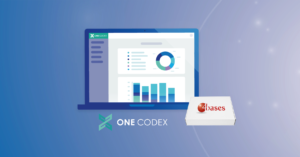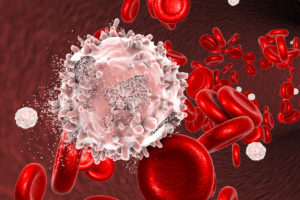Our team’s reading recommendation for this month goes to “Breast Cancer Screening Strategies for Women With ATM, CHEK2, and PALB2 Pathogenic Variants”[1] by Lowry et al., a very interesting paper just published online in “JAMA Oncology”.
In looking for the optimal approach to breast cancer screening for women with ATM, CHEK2, and PALB2 pathogenic variants, the authors used the CISNET[2] models E (from the Erasmus Medical Center in Rotterdam, NL) and W-H (from the University of Wisconsin, Madison and Harvard Medical School, Boston) and aggregated data for 32’247 cases and 32’544 controls in 12 population-based studies. ATM, CHEK2 and PALB2 pathologic variants (PVs) were modeled and 5 primary screening strategies for each PV:
- annual mammography alone starting at age 40 years (least-intensive screening mammography strategy recommended in the setting of elevated risk for breast cancer.)
- annual mammography starting at age 40 years with annual MRI starting at age 40, 35, 30, and 25 years.
Completed in a second step by the study of 2 additional screening strategies:
- annual mammography and MRI at age 30
- annual MRI at age 30 and annual mammography from age 35
The main finding was that, for the modeled women with these PVs, combined annual MRI and mammography screening was estimated to reduce breast cancer mortality by more than 50% for all strategies considered.
The authors further commented that “Based on our results, annual MRI screening starting at age 30 to 35 years followed by combined annual MRI and mammography at age 40 years likely offers the best balance of screening benefits and harms. Starting mammography earlier than 40 years increased false-positive screenings and benign biopsies but added little benefit for women receiving MRI.”
And therefore, concluded that:
“This comparative modeling analysis supports the use of MRI screening for women with moderate to high risk of breast cancer due to ATM, CHEK2, and PALB2 PVs. Annual MRI screening starting at age 30 to 35 years followed by annual MRI and mammography starting at age 40 years was estimated to reduce breast cancer mortality by more than 50% in these women, whereas additional mammography prior to age 40 years may have little benefit.
We at 4bases are proud to offer molecular diagnostic tools to identify, in real-world clinical settings, our CE-IVD HEVA screen panel that includes ATM, CHEK2, and PALB2 as target genes and support the scientific and medical community in the fight against breast cancer.
[1]Lowry KP, Geuzinge HA, Stout NK, et al. Breast Cancer Screening Strategies for Women With ATM, CHEK2, and PALB2 Pathogenic Variants: A Comparative Modeling Analysis. JAMA Oncol. Published online February 17, 2022. doi:10.1001/jamaoncol.2021.6204
[2] https://cisnet.cancer.gov/modeling/





